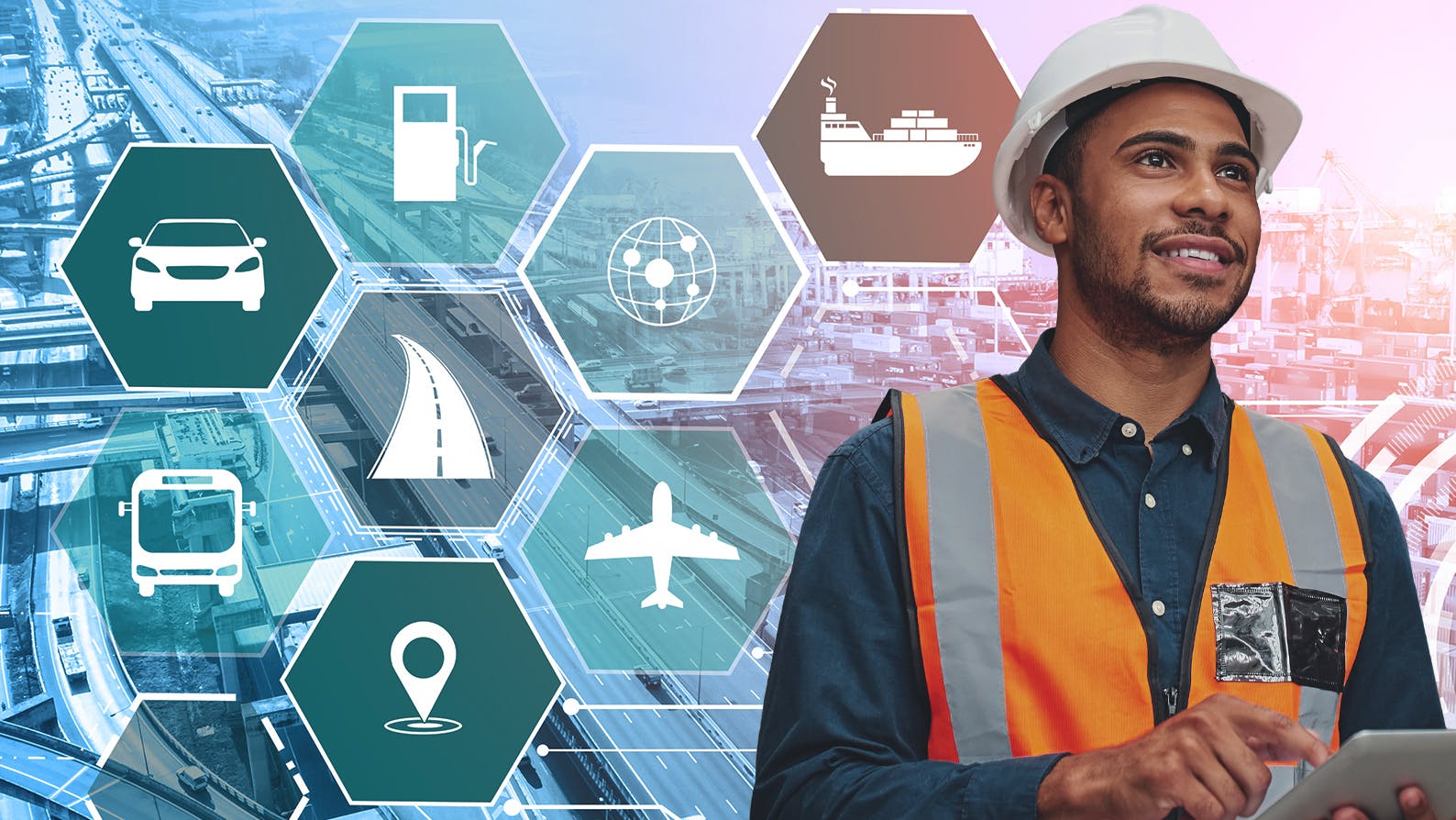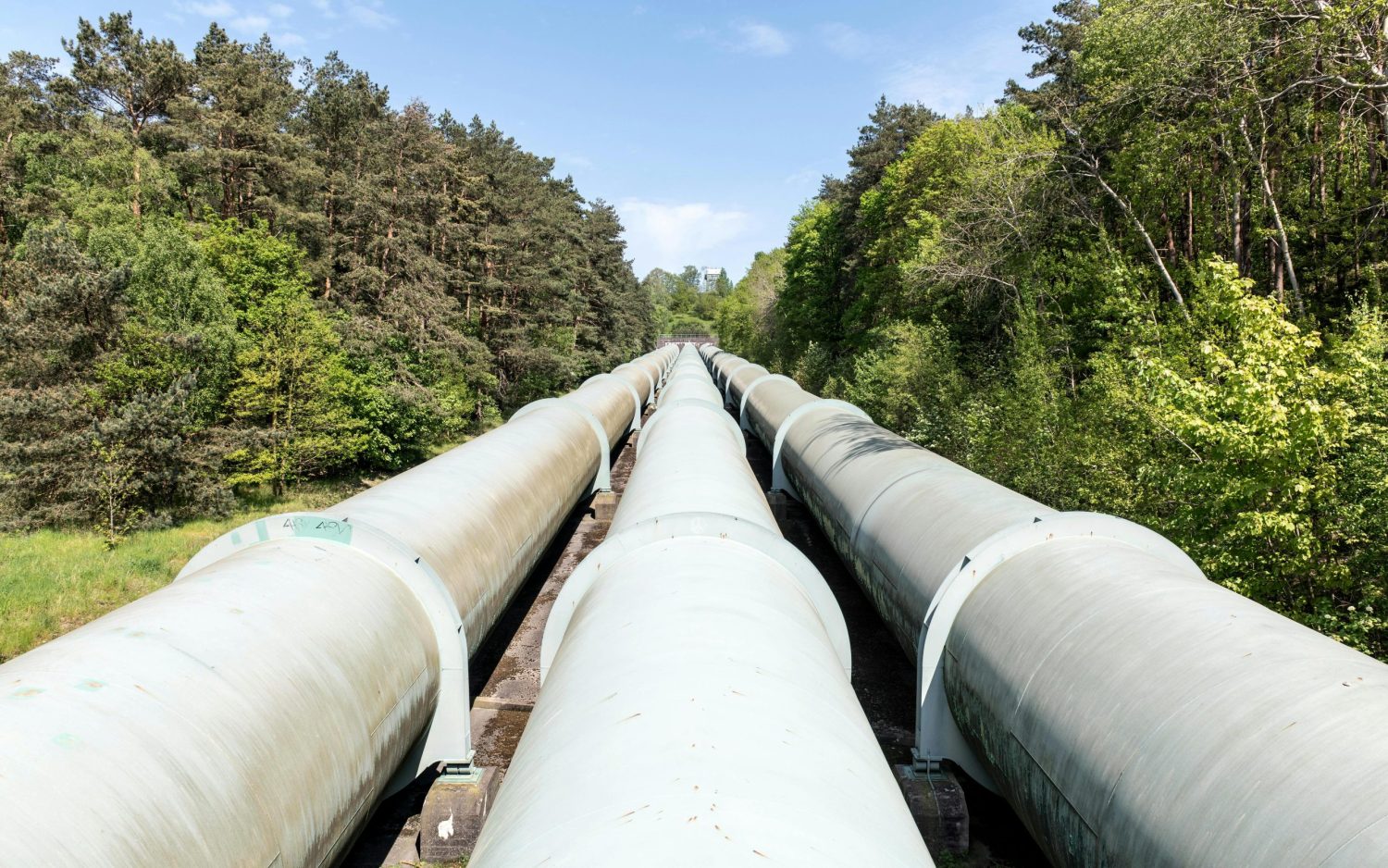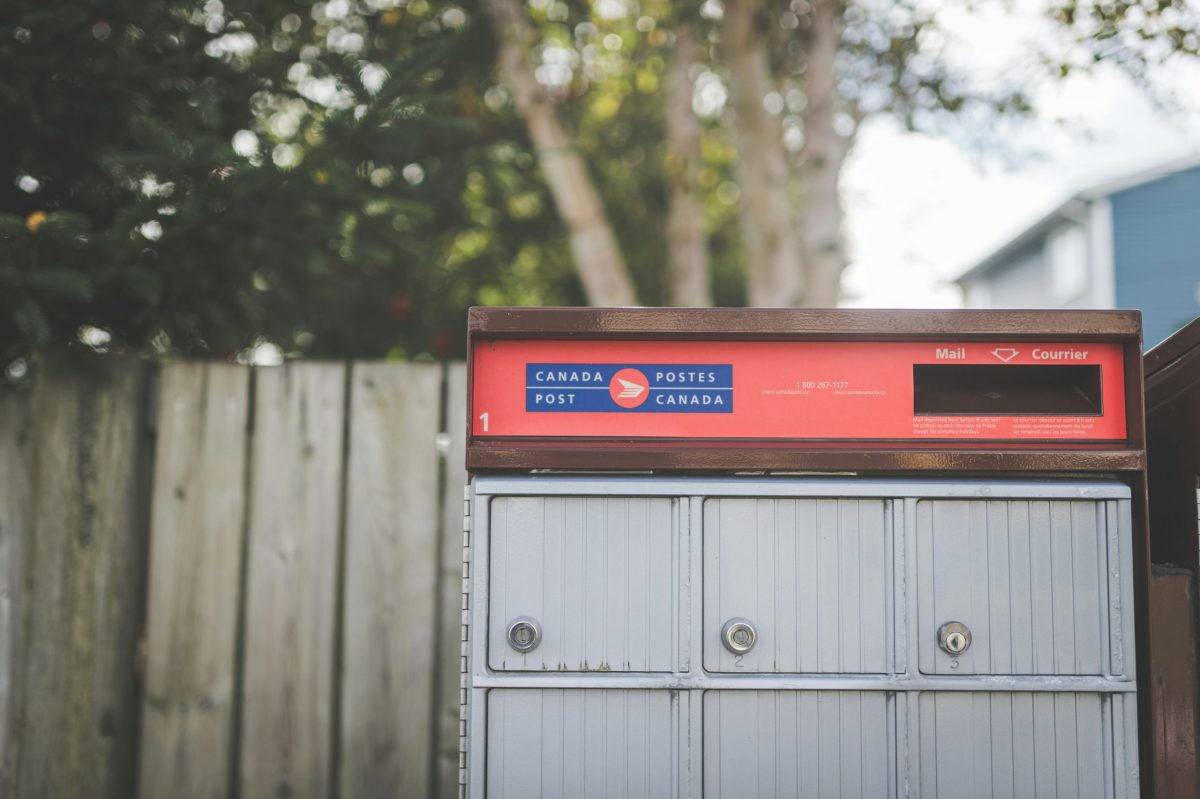Trucks, trains and planes arrive in Calgary each day – as a hub on the prairies, we play a crucial role in the movement and warehouse storage of both domestic and international goods. Calgary and Alberta’s role in moving goods across the province, the country and the world became even more important as the world grew concerned about ensuring supply chains during the COVID-19 pandemic.
The transportation and logistics industry has been dealt both challenges and opportunities through the pandemic. Airlines were hit hard by restrictions to business and personal travel, but an increase in online shopping drove more activity for air cargo and e-commerce.
The dramatic shifts in transportation and logistics speak to the resilient and bright future for the industry in Alberta and Canada. Calgary is home to hundreds of companies that are innovating and driving state-of-the-art logistics, autonomous systems, machine learning and other technologies.
On March 24, 2021, the Calgary Chamber will convene a virtual conversation with some of the transportation and logistics leaders who are pursuing a reimagined path forward for the sector. In advance of that conversation, here is a primer on the challenges, opportunities and trends that are shaping the future of the industry.
Every industry needs to move products or people. The 2,500 Calgary companies in this space are involved across various sectors, including:
The innovation story
Our Calgary business community is always innovating, and the transportation and logistics sector is at the forefront of that work. It is driven by companies and leaders who are constantly adapting and transforming to grow their business and improve performance. These companies are changing how we move, the problems we tackle and the technology we use. Here are just a few examples of this innovation at work.
1. Lockheed Martin CDL Systems: Hydra Fusion Tools is a geospatial information system (GIS) that creates a 3D representation of an aerially surveyed landscape – from a construction zone to a farmer’s field – in real time and live on location. This eliminates the significant processing time currently needed after surveying a site with conventional drone systems.
2. SAIT + NASA Jet Propulsion Laboratory: SAIT is currently working with NASA’s Jet Propulsion Laboratory (JPL) on a research project that looks to quantify methane emissions from oil and gas facilities using unmanned vehicles. It also involves NASA’s Open Path Laser Spectrometer (OPLS), a sensor with methane detecting capabilities.
3. NovAtel + EasyMile’s “ELA” Autonomous Shuttle: Through a pilot project operated by the City of Calgary and Pacific Western Transportation, EasyMile designed an autonomous shuttle using a NovAtel GNSS receiver to position itself while driving. It autonomously drove passengers between the Calgary Zoo LRT and TELUS Spark during a one-month trial in September 2018.
4. Aerium Analytics: Calgary-based Aerium Analytics is working with Clear Flight Solutions on drones that are part of wildlife management systems to keep airport runways safe. The unmanned aerial vehicle looks like a female falcon and is used to guide birds safely away from air traffic, while discouraging nesting near airside operations and glide paths. The UAV is also able to help control birds in other areas such as tailings ponds, waste management sites, wind energy projects and agriculture.
With the innovation we’re seeing in Calgary, industry analysts expect the next few years will bring advancements in urban mobility, last mile delivery, unmanned aerial systems and drone delivery. Another area of growth will be smart city technologies that include autonomous systems, and development of sustainable fuels and the required support infrastructure. Examples include aviation fuels, hydrogen fuel for EVs, battery technologies for EVs, charging infrastructure and hydrogen fill stations.
Our net-zero future
There is also a path to net-zero for the industry, with the sector well on its way to transitioning to a lower-carbon future. The innovation mentioned above, combined with energy efficiency improvements in rail and advancements in other parts of the sector are all contributing to meaningful change.
Airlines, such as Calgary’s own WestJet, are members of the International Air Transportation Association (IATA), and contributing to the following carbon emission reduction targets:
- An average improvement in fuel efficiency of 1.5 per cent per year from 2009 to 2020
- A cap on net aviation CO2 emissions from 2020 (carbon-neutral growth)
- A reduction in net aviation CO2 emissions of 50 per cent by 2050, relative to 2005 levels
IATA intends to achieve this through development and deployment of sustainable aviation fuels, efficient aircraft operations and design, infrastructure improvements through efficient air traffic management systems, and carbon offsets.
On the ground, in December 2020, CP announced a plan to develop North America’s first line-haul hydrogen powered locomotive, with hydrogen fuel cells and battery technology. Fuel development has also been a critical priority for the federal government through its Hydrogen Strategy and the provincial government through its Natural Gas Vision and Strategy.
Go further down the road
Dive into these topics and more by joining us on March 24, 2021 for a virtual conversation with industry leaders from the Calgary Airport Authority, Bison Transport and Wallace & Carey.
We look forward to seeing you there!







